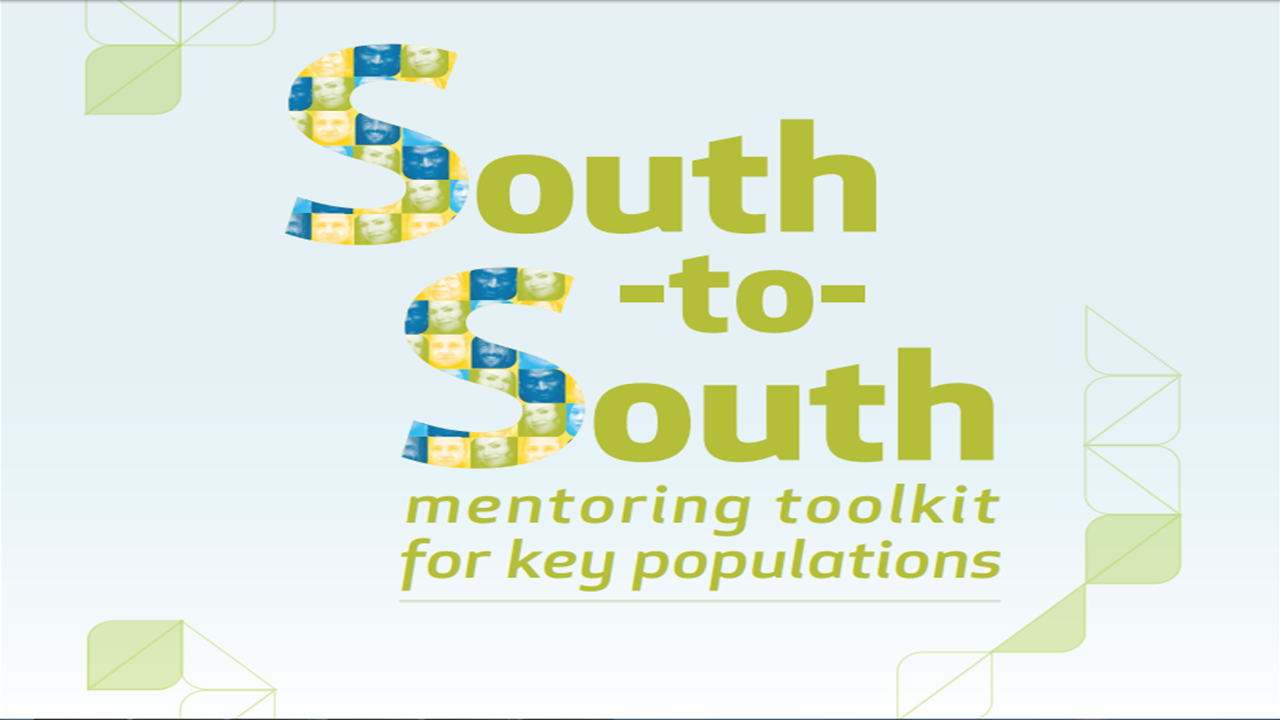Written by Meghan DiCarlo, LINKAGES Technical Advisor III, Program Acceleration
“…the role of expert was continually challenged. The sex workers were given space to identify their own needs and then to play the lead role in developing the program for their own community. For a group that is often abused and stigmatized, the process nurtured their belief in their own abilities.” –Head of a sex work organization describing a South-to-South exchange visit between sex work organizations
What is South-to-South mentoring?
South-to-South (S2S) mentoring is a form of peer learning where both mentor and mentees are rooted in the global South and have direct experience operating in complex low- and middle-income countries.
Why is S2S mentoring important?
Technical assistance (TA) and mentoring can be provided more efficiently and regularly from organizations in neighboring countries and is often more readily accepted when approaches and lessons learned are already in place in similar contexts. This approach is critical for empowering key populations[1] because it recognizes key populations as leaders and experts in the HIV response. Key populations share a lived experience in fighting the structural, behavioral, and biomedical factors that lead to increased risk for acquiring HIV infection. Key-population-led mentoring therefore focuses on community empowerment, recognizes legal barriers, addresses stigma and discrimination, and ensures the safety and security of those participating in mentoring activities. Further, S2S mentoring leads to more sustainable regional and local expertise that can be harnessed and utilized over the long-term.
What does LINKAGES have to do with S2S mentoring?
LINKAGES will engage a wide range of S2S partners (high-functioning organizations and/or networks led by key populations with strong technical expertise) to provide technical mentoring to other key population organizations that builds sustainable key population programming capacity. Focus areas of mentoring could include community mobilization, quality peer education or peer navigation, clinical service delivery, establishment of drop-in centers, and project management. Face-to-face mentoring, such as study tours, site visits, and communities of practice will be combined with virtual mentoring and learning. Based on the S2S mentoring training, mentors will be supported to develop a mentoring plan (in collaboration with mentees) that includes available resources.
Who is the toolkit for?
The newly developed LINKAGES South-to-South Mentoring Toolkit is for key population organizations with some mentoring experience who are interested in implementing or expanding their S2S mentoring. The toolkit supports S2S mentor organizations to conduct effective and efficient S2S mentoring.
What is in the toolkit?
The toolkit includes a general description of S2S mentoring, including the risks and benefits of S2S mentoring, and how it differs from technical assistance. The toolkit also describes the different S2S organizational mentoring approaches and how to decide which approach is best for you given time, staffing and resources constraints, the complexity of the topic you wish to mentor on, the capacity of your mentee, the distance between you and your mentee and other factors. The toolkit also describes how mentors can prepare for mentoring and the steps in the mentoring process, including how to monitor progress. Finally, the toolkit contains several tools and templates (mentoring plan templates, monitoring, evaluation and reporting tools), as well as links to additional mentoring and key population resources.
[1] Sex workers, men who have sex with men, people who inject drugs, and transgender people.

